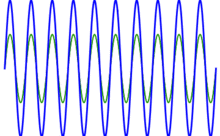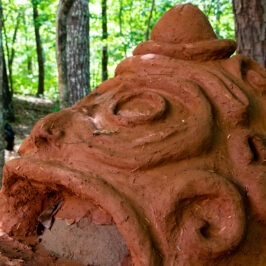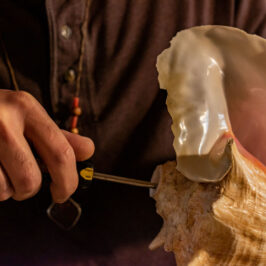Small Packages: The Surprising Complexity of the Mesoamerican Ocarina
The ocarina or “globe flute” as it is sometimes known, is an extremely ancient instrument with a somewhat misunderstood past. Once dismissed as toys or trinkets by archeologists, ocarinas have come to be revered as sacred instruments of the Mayan, Incan and Aztec cultures of Central and South America.
 So What is an Ocarina Exactly?
So What is an Ocarina Exactly?
Unlike a traditional flute, the ocarina is defined by its shorter round shape. While an ocarina can be fashioned from any hollow shape (some ocarinas are even shaped like people), its trademark form resembles a large teardrop or pear shape. The narrower end of the instrument has a hole through which air can be blown with anywhere between 4 and 12 holes on its body, over which fingers are placed.
Once Discounted as Toys
For decades, ocarinas were dismissed by archeologists and historians as mere toys or playthings because their true complexity as instruments remained undiscovered. They were often collected by museums only for their unique shapes or designs. It wasn’t until the late 1980’s when a large collection of ancient musical instruments was discovered in a Mayan tomb, that researchers realized that there may be something more to these tiny instruments.
For the first time, a large group of the beautifully crafted instruments had been discovered in a sacred location. This hinted to archeologists that ocarinas played a much larger role in Mesoamerican spiritual life than was previously thought.
 Unknown Complexity
Unknown Complexity
While many ocarinas, especially modern ones, can be rather simple, the sacred ocarinas of the ancient Mesoamerican world rivaled wind instruments found anywhere else in the world at the time. Once researchers could peer inside of these deceptively simple instruments with x-ray technology, hidden chambers were revealed that allowed for the creation of up to 17 different notes in some cases as well as musically advanced scales. Further research found that many different types of ocarinas even shared a similar tuning system which indicated that they could very easily be played together in groups to create harmonies.
Unfortunately, the ancient makers of ocarinas left little in the way of a written record. Much of what is understood about their cultural or spiritual meaning had to be pieced together. If the level of care and expert craftsmanship that went into creating these instruments is any indication however, there’s no mistaking that these ancient instruments held great meaning for the cultures that used them.
 Sacred Sound
Sacred Sound
We do know that many ancient cultures used sound as a form of treatment for healing issues. Since many of these cultures perceived that physical symptoms were usually caused from mental or spiritual issues, they used sound as a way to change mental processes and perceptions, which in turn helped to heal physical issues.
The use of ocarinas in sacred ceremonies to induce healing, trance, and to invoke different deities is still used today by many of the surviving remnants of those ancient cultures. In many Amazonian cultures, and other indigenous cultures, they still utilize flutes and ocarinas during these ceremonies. Now science is starting to catch up with these practices and prove that different frequencies have influence on our body and mind, leading the way in sound healing modalities commonly used today.
Our Workshops
Archaic Roots offers ocarina making workshops to the public and for private groups. Refer to our workshop page for more info, scheduling, pricing and registering for workshops and classes. I also provide hand made ocarinas in my shop!






